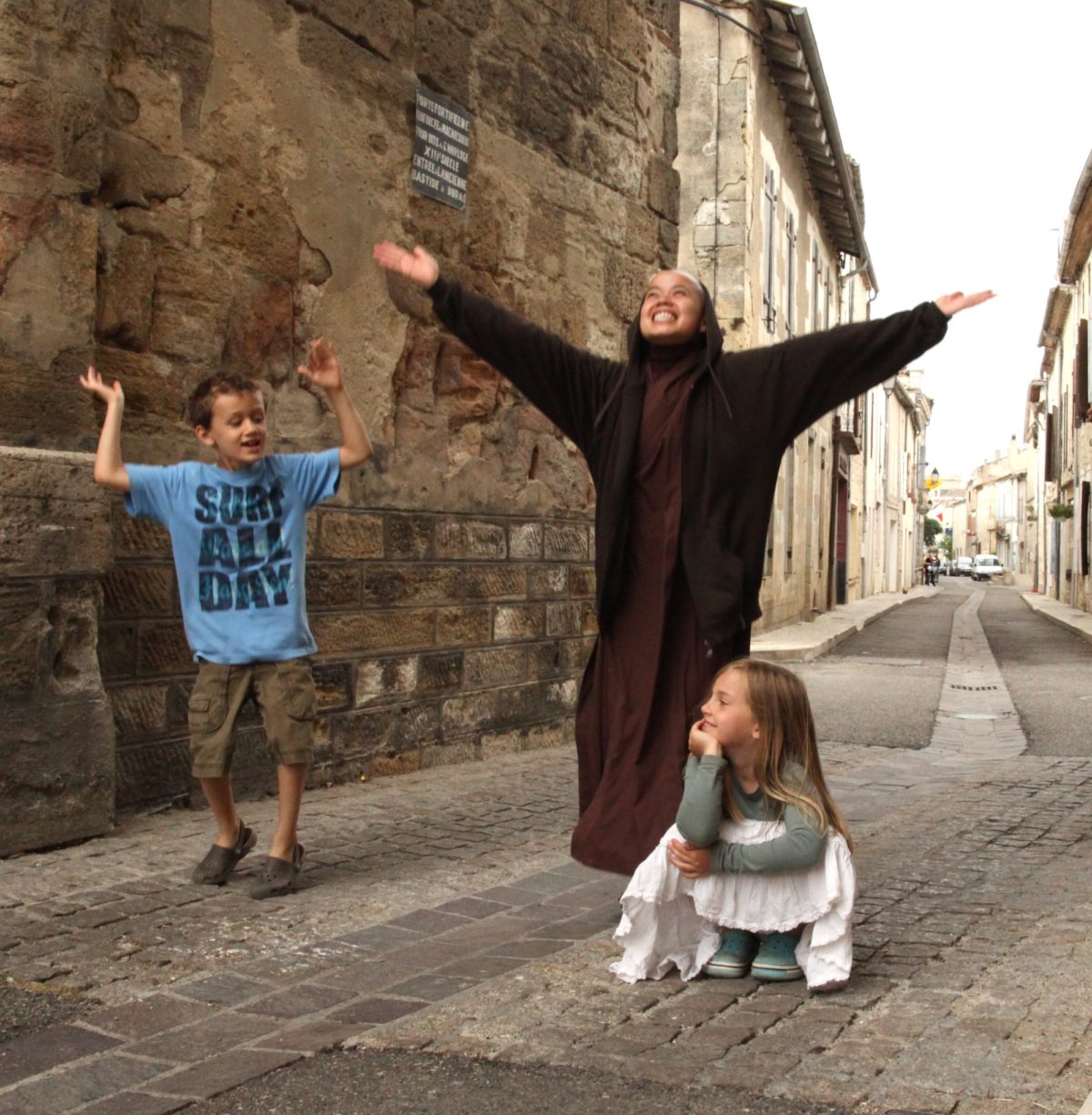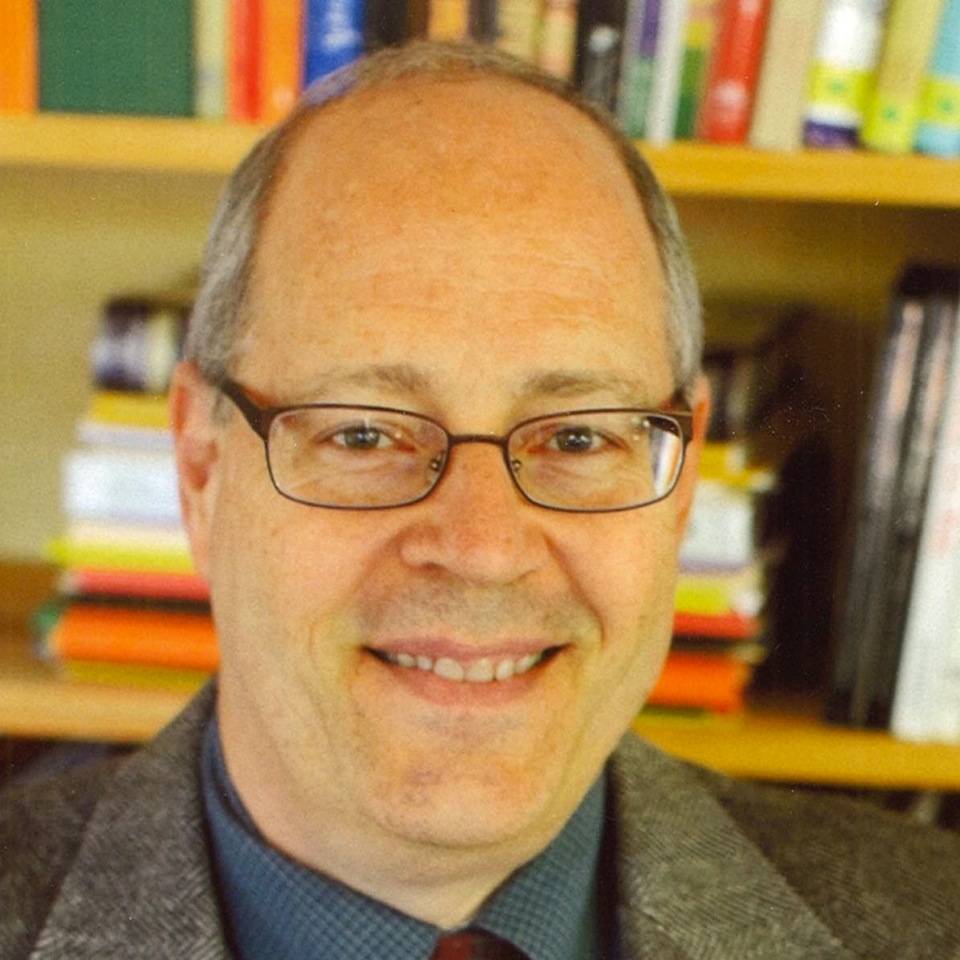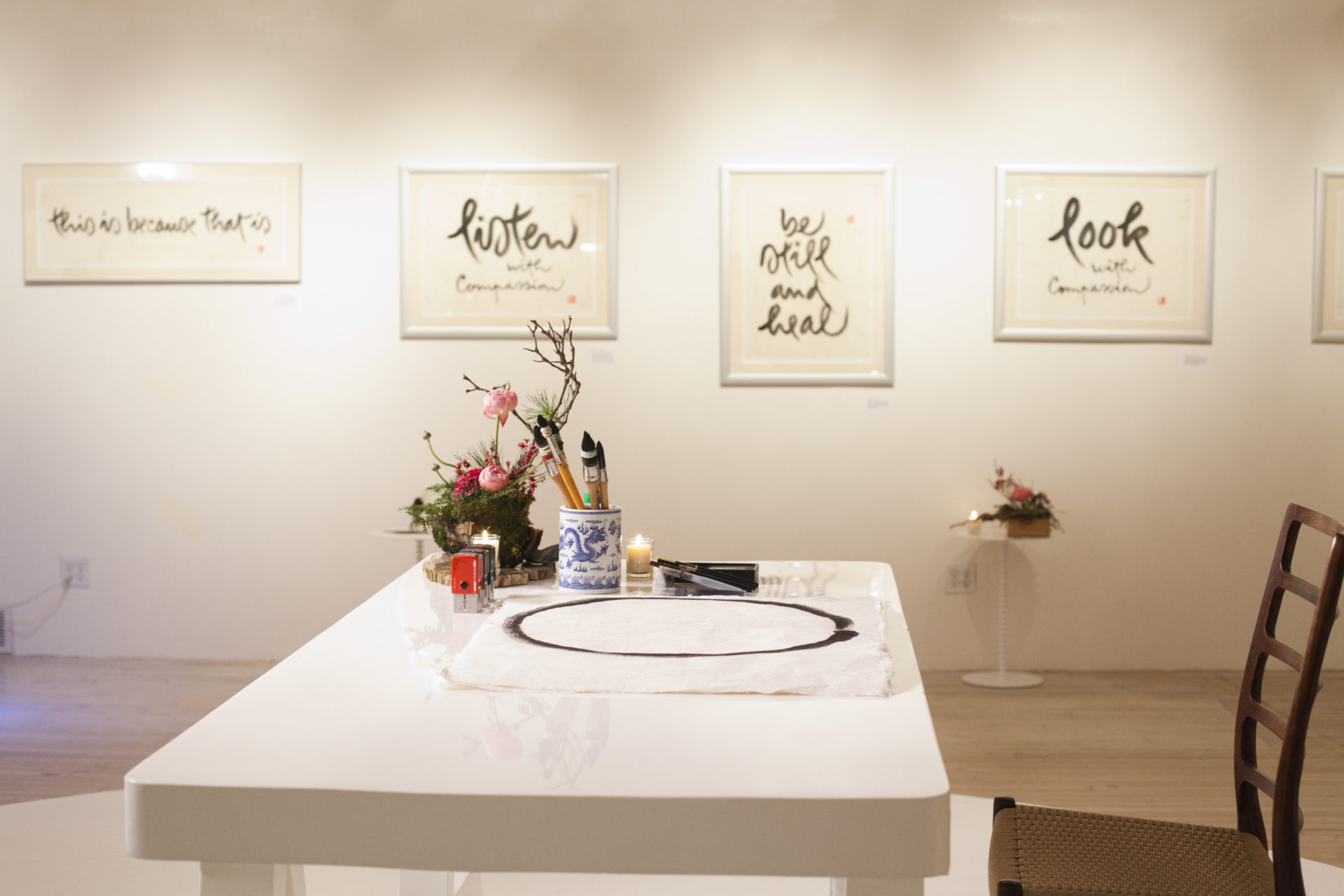By John R. Snyder
On the occasions when I slow down enough to actually think about it, it occurs to me that my job as a Montessori teacher is too hard for someone of my limited abilities—i.e., someone who is still dependent on food, sleep, and occasional recreation. The demands never seem to stop, and if they do happen to slow down from time to time, I have a huge backlog of practice-improvement projects to fill the gaps.
By John R. Snyder
On the occasions when I slow down enough to actually think about it, it occurs to me that my job as a Montessori teacher is too hard for someone of my limited abilities—i.e., someone who is still dependent on food, sleep, and occasional recreation. The demands never seem to stop, and if they do happen to slow down from time to time, I have a huge backlog of practice-improvement projects to fill the gaps.
Parents sometimes ask with a certain awe, “How do you do it?” How, indeed? How does one not only keep going, but do so with good cheer, grace, a sense of perspective, and, more often than not, a calm presence in the classroom?
I am happy to share at least part of “how I do it.” I suspect that behind every successful teacher is a similar practice of self-care and reflection, although we seldom talk about these things with each other. Perhaps we should.
The crux of the matter is that less is more. At the center of the hurricane of teacherly activity, there must be a still center, a place of repose in the heart and the mind. This, I am convinced, can only be maintained through the regular, disciplined practice of stopping, paying quiet attention to one’s inner voices, and reconnecting with one’s highest self. One could call it a practice of prayer, or meditation, or affirmation, or self-reflection; the point is that it must be a regular period of quiet time, free from interruptions, an appointment one keeps with oneself.
I think of this quiet time both as a gift to myself and as a period of spiritual conditioning that keeps me emotionally prepared for whatever comes my way in and out of the classroom. Although the children do not know of my practice of reflection, I am certain they could identify which days I have failed to keep my appointment with myself.
My anchor, the backbone of my daily preparation for the classroom, is a practice found in Thich Nhat Hahn’s book, Teachings on Love. It is his version of a 1,500-year-old text from Sri Lanka:
May I be peaceful, happy, and light in body and spirit.
May I be safe and free from injury.
May I be free from anger, afflictions, fear, and anxiety.
May I learn to look at myself with the eyes of understanding and love.
May I be able to touch the seeds of joy and happiness in myself.
May I learn to see the sources of anger, craving, and delusion in myself.
May I know how to nourish the seeds of joy in myself every day.
May I be able to live fresh, solid, and free.
May I be free from attachment and aversion without being indifferent.

Just as a good weightlifting routine works all the major muscle groups, I find that these nine lines exercise all the psycho-spiritual “muscles” I need to strengthen for my work with children, parents, and colleagues. I start my day with these lines, and I keep a copy in the front cover of my lesson-planning book so that when I feel myself slipping away, I can read them to re-center and refresh myself.
May I be peaceful, happy, and light in body and spirit.
I appreciate that this meditation starts with a clear statement of the desired state, the end result of the practice. Sitting quietly, following my breath, I can bring my body and mind back from their habitual agitation and anxiety to the place of peace, happiness, and lightness that is gradually becoming a habit through years of this practice. Like a tennis player mentally rehearsing her stroke, I can mentally rehearse, noticing the places of tension and disconnection in me and shifting them to calm connectedness. What could be more useful and important to someone working intensively with children?
May I be safe and free from injury.
I have come to realize over the years that every kind of progress in the classroom depends upon all members of the community feeling safe and free from injury. This line reminds me of that, and allows me to renew my intent to provide physical and emotional safety for myself so I can better provide it for the community. This hallows the many mundane things I do every day to insure the safety of the community, from giving lessons on the safe use of science equipment, to keeping the first-aid kit well stocked, to mediating conflict on the playground, to honoring the children’s efforts instead of their products. Looking a little more deeply, I also see that part of my practice is to know how to take care of myself and others when injuries do happen. Having the confidence that comes from being prepared, I believe, allows me to take appropriate risks on behalf of the community. So, far from being an invitation to always “play it safe,” this line stretches me and allows me to walk away from fearful states of mind.
May I be free from anger, afflictions, fear, and anxiety.
It is so helpful to have such a clear list of the major obstacles I face in my relationships with children, parents, and colleagues. It is even more helpful to have time to envision myself free of these obstacles and look calmly at the roots of these problems. I can, for example, rededicate myself to my practice of noticing when anger and fear are arising in me and not acting on them until I have had a chance to calm myself and inquire into what the emotions are telling me. My experience has been that simply acknowledging the presence of anger, fear, anxiety, craving, jealousy, and the like, greatly diminishes the urgency and force with which they batter my body and mind. The function of these emotions is to call my attention to something I need to take care of, and when I calmly give them my full attention, their job is done and they can relax.
May I learn to look at myself with the eyes of understanding and love.
This line is priceless because it goes straight to the heart of so much self-inflicted pain, and it also helps to remove one of the biggest obstacles between me and the relationships that I need to build in a peaceful classroom. Behind this line is the wisdom that until we understand, accept, and love ourselves, we cannot adequately understand, accept, and love others. Indeed, whenever we think that other people are making us miserable with their foolishness and bad behavior, it is very likely that we are projecting onto them some self-criticism or fearful insecurity that has taken root in us. To our chagrin, we find those hypercritical, perfectionistic voices that chatter in our own heads speaking through our mouths to inflict harm on others. How wonderful to be able to practice stepping out of that cycle of injury by beginning to extend to ourselves the compassion that will allow us to connect compassionately with others!
May I be able to touch the seeds of joy and happiness in myself.
This line comes from a view of human nature as being like a garden in which are planted all kinds of seeds––each one representing a capacity of body and mind. In each of us are the seeds of great evil, suffering, and destruction, side by side with the seeds of great goodness, joy, courage, and the highest states of being. Some of these seeds we inherited; some have been planted by our culture and personal history. The seeds we water and tend, whether wholesome or otherwise, grow to crowd out the others, coming to dominate our internal gardens and our very lives. I find this outlook to be completely aligned with Dr. Montessori’s views on the richness and essential goodness of human nature, and the importance of the environment in the self-construction of the human being. The salient point in this line is that, although it is easy to lose sight of it when we are in the grip of some negative emotion, the seeds of joy and happiness are still there. We do not have to wait for our lives (or even just our classrooms!) to be perfect before we can be genuinely happy.
May I learn to see the sources of anger, craving, and delusion in myself.
Now we go beyond a clear intent to be free of anger, fear, and anxiety to search for the roots of these negative forces in our lives. Quietly, deeply, consistently looking at these things while not being carried away by them, gives us the chance to see the patterns, to understand the ways these things work in our particular minds. Seeing clearly, we have a chance to reorient our thinking and rebuild our habits into something more positive and free. To me, this line moves beyond intending and visualizing to doing something about the situation.
May I know how to nourish the seeds of joy in myself every day.
Continuing the metaphor of seeds and the intent to learn to view and treat ourselves with compassion, this line invites us to take concrete action on our own behalf. The positive seeds are there, so how can I water them? I have gradually developed a mental list of very concrete ways that I can touch the seeds of joy and peace in myself, and I try to do some of these things every day. Here are a few of my touchstones: taking a slow walk in nature; really seeing and experiencing a blue sky, a flower, a stone, or a child’s face; thinking of someone I love; enjoying a quiet cup of tea; giving my full attention to a great piece of music or art; holding my dog in my lap; reading a good poem or science magazine. Your list might be very different, but you can make one by noticing the things that give you joy. In particular, instead of reacting mindlessly out of anger, irritability, or fear, I try to stop and do one or more of my “joy things” to ground myself again in my best nature before responding to a situation.
May I be able to live fresh, solid, and free.
As a teacher, I often think of this line as a description of the opposite of burnout. Surrounded as I am by the freshness of children, may I be able to find that freshness in myself. May I be solid enough to withstand the winds and waves of experience, stable enough to provide the consistent strength of purpose it takes to build a good community. May I live as a free person, not a thrall to my faulty perceptions, fearful attachments and aversions, public personae, or life history.
May I be free from attachment and aversion without being indifferent.
Montessorians are passionate people, the idealistic followers of a passionate and visionary leader. We have great expectations and bold plans. We have strong feelings about many things, strong likes and dislikes, long lists of both shibboleths and taboos. And yet, these attachments and aversions are often our undoing, the very things that get in the way of our realizing our vision. This line, when regularly rehearsed, helps me let go of my certainties, both positive and negative, and helps me live instead with the kind of openness that Montessori herself exhibited; she allowed a group of young children from the Roman slums to completely change her culturally conditioned views of who children are and what they can do. It reminds me that the opposite of passionate attachment and ego investment is not indifference, but mindfulness: holding my perceptions and beliefs lightly and being fully present to whatever the moment brings.
Now for the best part. Having taken good care of myself, I take the time to traverse these nine lines again, but this time the energy is directed outward to the community.
May the children [or a specific child] be peaceful, happy, and light in body and spirit.
May the children be safe and free from injury.
May the children be free from anger, afflictions, fear, and anxiety.
Etc.
For me, this closes the circle, and I am ready to enter the classroom again to see what great good can be wrought from whatever raw materials the day brings.

John Snyder, True Precious Goodness, taught nine-to twelve-year-olds and was an administrator at Austin Montessori School in Austin, Texas. This article was written in 2008, when John was still teaching. He practices with Plum Blossom Sangha. You can reach him at jsnyder@pobox.com.

